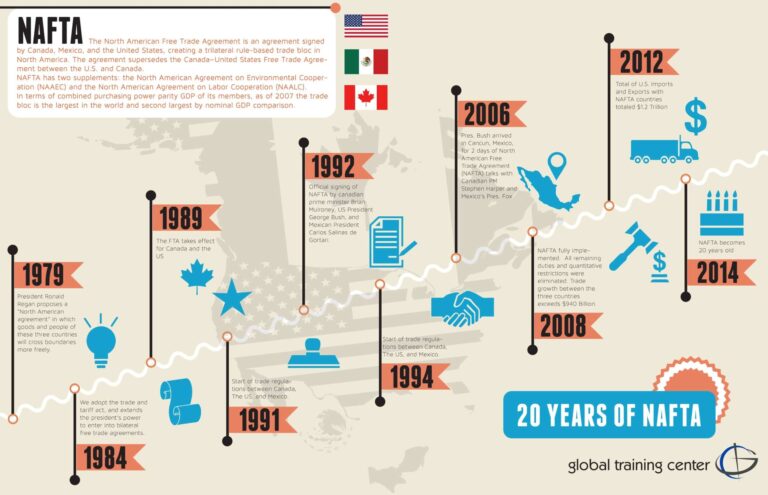Import Compliance Basics: 5 Things You Need to Know
If you’ve been tasked with getting your company’s import compliance under control, these five steps will get you quickly up-to-speed
Taking on a new position at an importer usually means sifting through the remnants of your predecessor’s activities and policies and trying to come up with a way to work better, smarter, and faster. These goals aren’t always easy to achieve in the import space, which tends to move quickly and expect a lot from the people who are in it.
And if the position has been open for a while, the problems tend to exacerbate along the way. Here’s a 5-step process for cutting through the weeds and developing a streamlined import management process:
1. Get a handle on the basics
Find out who’s clearing your freight and run reports from either your broker(s) or from Customs’ ACE system. Ask all brokers for your company’s import data from the last three months and figure out how they are managing your business. Obtain copies of powers of attorney. Follow a shipment using documentation through the process of importation for air and ocean shipments—from loading to delivery—on your most common shipments. Have a discussion with your brokers on exactly what data they can provide, and establish a date for a quarterly business review so that you can regularly review their activities and progress. Review any prior disclosures, and look at the number of CBP Forms-28/29s issued over the previous year for your importers of record. These are requests for information and notices of action issued by CBP that require attention.
Finally, talk to any staff members who interact with the brokerage companies (e.g., logistics, shipping, receiving, warehousing, etc.) and ask them what their key pain points are.
2. Look for any exceptions in the data
Once you have at least three months’ worth of data from your major brokers (and if you don’t, this is a definite red flag), look at those dashboards and figure out what does and doesn’t look right. You can run a quick pivot table, filter out any data that doesn’t apply, extrapolate the information, and then take a good look at where things stand. For example, you may pick up on some common typos that make their way into the system (i.e., CH is not the country code for China).
If you catch any mistakes, ask your broker about it and find out why they are not noticing those errors. Other issues to look out for include classification anomalies (if your company manufactures electronics and the documentation shows importations of fabric, that fabric might not be commercial goods for the company). Examine FTA declarations, classifications, data integrity, and any procedural issues with your brokers. Validate the legal entities with your legal team or outside council and make sure POAs are up to date. Determine which programs the company participates in (i.e., ISO, ISA, C-TPAT, AEO, etc.) and validate commercial transactions to ensure that they are being properly declared.
3. Drill down into the classifications
Who determines classification? How is the determination made? What supporting information is maintained in case of a query by customs? What identification method is used for the classifications (i.e., unique IDs, generic descriptions, or smart or sequential part numbers)?
Also consider the primary chapter(s) your company uses for importing. If it’s just one chapter, be sure to read all of the section and chapter notes. If you’re working with multiple chapters, determine who on the team is the expert for each chapter (for future reference when you have a question).
4. Determine who pays customs duties
Who is paying your customs duties—you or your broker? If it’s your broker, then you can save on the processing and advancement fees by paying direct yourself. Also, determine how the duty is applied within the company. Is it tracked at a division, department, or product P&L level?
If these duties are allocated based on a percentage or other measurement, can the method be validated based on the three months’ worth of import data that you already analyzed? Don’t forget to look closely at how duty accruals are determined, who determines them, and whether they are accurate.
5. Talk to your sales department
When they are selling to their customers, how are duties included in the sales reps’ pricing and bids? If, for example, you are making goods in a foreign country and selling them to a domestic customer, make sure any incoming duty cost (i.e., to bring it in from a foreign manufacturing facility to the U.S. and deliver it to the customer’s door), is included in the price. Do the analysis, figure out what the sales team’s pain points are (e.g., Is a rough estimate of 5% of purchase price too high or too low?), and make sure everything is included upfront during the bidding or costing process. By becoming a part of this procedure, you’ll be able to add value for both the sales team and the end customer.
By following this 5-step process to import compliance, you’ll be able to jump more quickly into your role as import manager or improve the processes at your current company. You’ll also help ensure a high level of compliance, mitigate risk, and create a more streamlined importing process for all of your company’s goods.








